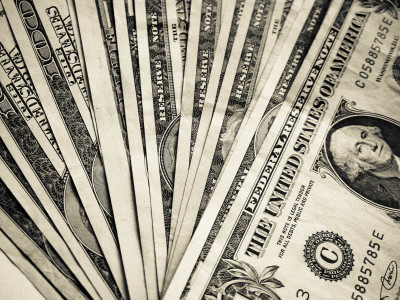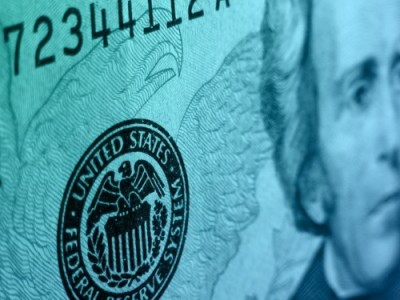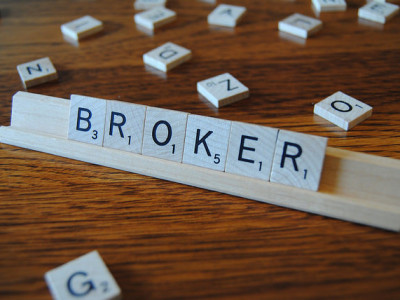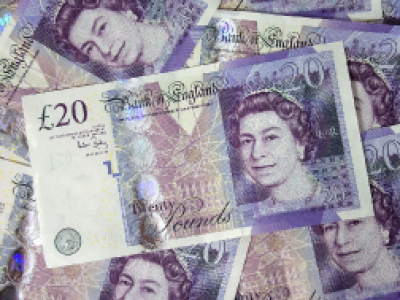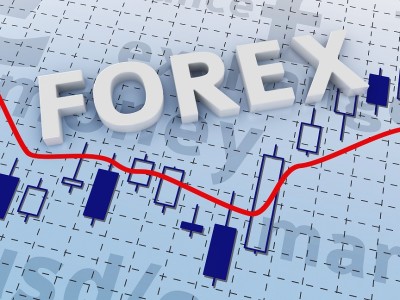The Man Who Broke the Bank of England Cashes in On Gold
George Soros, the man who “broke the Bank of England,”[1] recently made a killing in gold-mining shares before promptly cutting his ties to the yellow metal at the end of the second quarter.
In the first quarter, Soros Fund Management LLC. took a $263.7 million stake in Barrick Gold Corporation, the world’s largest gold mining company. Just three months later, the billionaire investor cut his holdings of the gold miner by 94%. The company just so happened to enjoy its best-ever performance during that period. Since Soros left, the company retreated sharply from its three-year high.[2]
After a cyclical bear market that stretched several years, gold entered into bull market territory this year, as the combination of financial market instability and continued monetary easing by central banks supported a large rally in precious metals. Gold has increased around 28% since the start of the year, but has found itself stuck in a range since the post-Brexit boom sent the yellow metal to fresh two-year highs on multiple occasions in June[3] and July.[4]
But with Soros exiting gold miners and speculation abound that the US Federal Reserve is on course to raise interest rates at least once this year, gold’s bullish rally has faded. Since the post-Brexit surge, the yellow metal has found itself trading within a predictable range of $1,315-$1,365 a troy ounce.
Gold’s slowdown can be most closely observed by its failure to capitalize on recent weakness in the US dollar. The dollar index, an exchange-weighted average of the US currency against a basket of peers, plunged 1.8% over a five-day losing streak in the middle of August, knocking it down to its lowest level in around two months. Gold, which is priced in US dollars and normally trades inversely with the currency, was unable to capitalize.
According to CPM Group, a commodities research firm located in New York, gold prices will continue to soften in the short-term. While fundamentals remain supportive of stronger prices, the lack of fresh trading catalysts will keep price action subdued in the immediate term.[5]
While analysts continue to speculate about gold’s recent downtrend, the metal appears to have a bright future. Credit Suisse, a Zurich-based financial services company, expects gold prices to rise to $1,500 a troy ounce in early 2017.
“The common argument we hear from gold participants is that gold is currently benefitting from a fear trade on Brexit, and that may indeed be the case,” Credit Suisse recently said in a research note. “But we think this recent fear trade leads to something more enduring as the surprise Brexit vote has solidified and intensified macro and political uncertainty and extended the time frame for a negative real rate environment in the U.S. and potentially abroad.”[6]
Gold’s fate is intricately tied to expectations about US interest rates and the path of Federal Reserve policy. The Fed has yet to raise interest rates this year, confounding its previous forecast of four rate hikes in 2016.[7] Traders are on the fence about whether the Fed will raise rates again this year.
The minutes of the July 26-27 Federal Open Market Committee (FOMC) policy meetings showed that officials were divided about raising rates.
The minutes stated that some officials, “preferred to defer another rate increase in the federal-funds rate until they were more confident that inflation was moving closer to 2% on a sustained basis.”[8]
Higher interest rates are generally supportive of the US dollar to the detriment of non-yielding assets such as gold and silver.
The short term outlook on gold will continue to be dominated by Fed-speak and investors’ outlook on interest rates. Technical pre-positioning around major events is also likely to influence prices until broader market forces take root. Based on analysts’ forecasts, this could come as soon as 2017.
[1] Investopedia. “How did George Soros “break the Bank of England”?”
[2] Luzi-Ann Javier (August 15, 2016). “Soros Cashes In as Barrick Posts Best-Ever First Half Rally.” Bloomberg.
[3] Myra P. Saefong and Rachel Koning Beals (June 27, 2016). “Gold holds near a 2-year high, up a second-straight session.” MarketWatch.
[4] Reuters (July 6, 2016). “Two-Year Highs on Gold Prices Fueled by Brexit-Spooked Investors.” Fortune.
[5] Brian O’Connell (August 22, 2016). “Gold Futures: Outlook For Precious Metals Shiny For ’17.” The Street.
[6] Brian O’Connell (August 22, 2016). “Gold Futures: Outlook For Precious Metals Shiny For ’17.” The Street.
[7] Christopher Condon and Craig Torres (December 16, 2015). “Fed Ends Zero-Rate Era; Signals 4 Quarter-Point Increases in 2016.” Bloomberg.
[8] Lynn Noah (August 22, 2016). “FOMC Minutes: Policymakers Remain Divided on the Rate Hike.” Market Realist.
The post The Man Who Broke the Bank of England Cashes in On Gold appeared first on Forex.Info.
Source:: The Man Who Broke the Bank of England Cashes in On Gold


